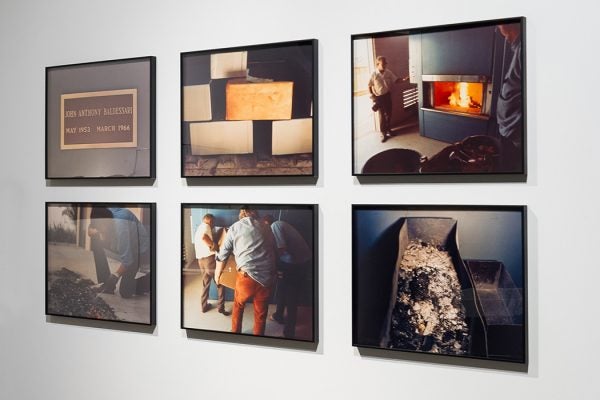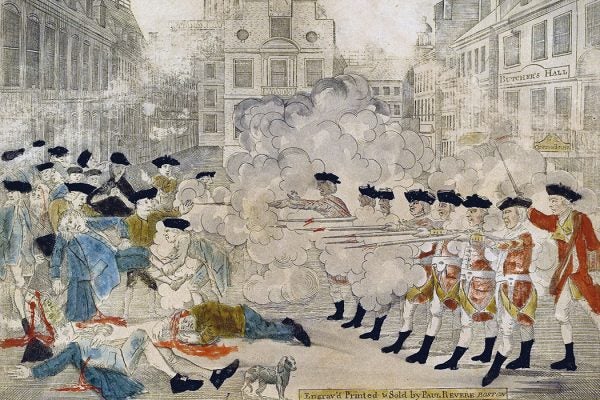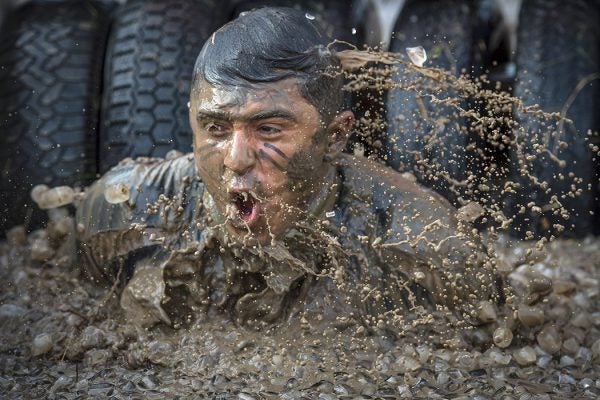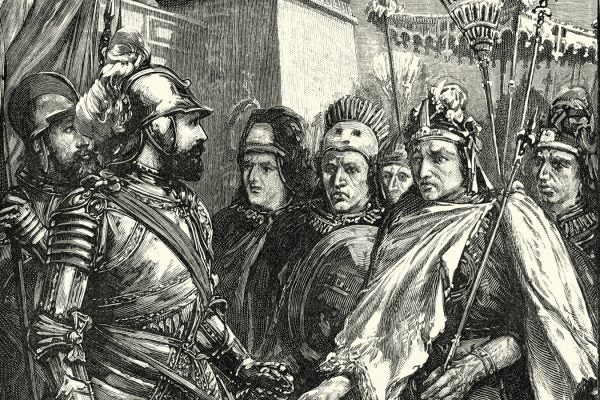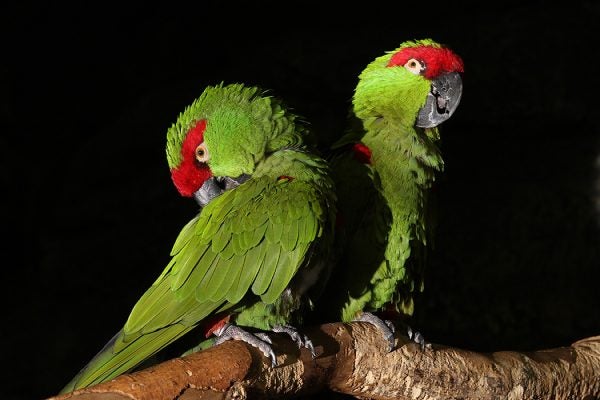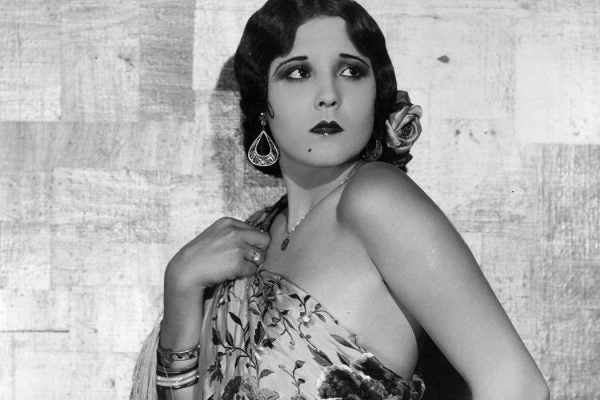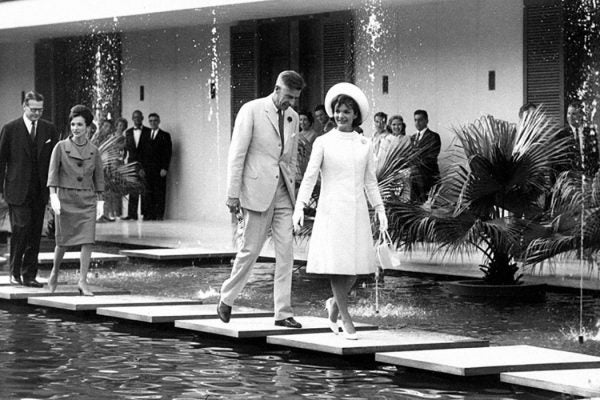Why John Baldessari Burned His Own Art
The artist's "Cremation Project" of 1970 marked a liberation from the tradition of painting and a step toward a more encompassing vision.
Got Milk? You Probably Got Fire Retardants, Too
“Forever chemicals,” also known as PFAS, have been found in 43 states so far, turning up in milk, eggs, and fish.
Crispus Attucks Needs No Introduction. Or Does He?
The African American Patriot, who died in the Boston Massacre, was erased from visual history. Black abolitionists revived his memory.
When Sports Have “Death Waivers”
Obstacle courses can draw thousands of participants to a single event, but legal scholars say they need scrutiny.
Selling Hedonism in Postwar America
The hedonism of American consumer culture is the result of deliberate efforts by mid-twentieth century marketing experts.
The Mexica Didn’t Believe the Conquistadors Were Gods
The indigenous Mexica (Aztec) people were overwhelmed by a superior technological force ruthlessly used against them.
The Thick-Billed Parrot Is Not Extinct–Not Yet
But one hasn't been seen in the U.S. since 1995, not long after the end of the last reintroduction program.
La Pelona: The Hispanic-American Flapper
Flapperismo was no more appreciated by Hispanic guardians of traditional femininity than it was by Anglo-American ones.
The D-I-Y Fallout Shelter
In the 1950s and 1960s, families planning for the apocalypse often took a homespun approach.
Why There Is No “Countervailing Power” Against Monopolies
The New Deal revolutions in law and policy were so successful that the economist John Kenneth Galbraith took their accomplishment for granted.
